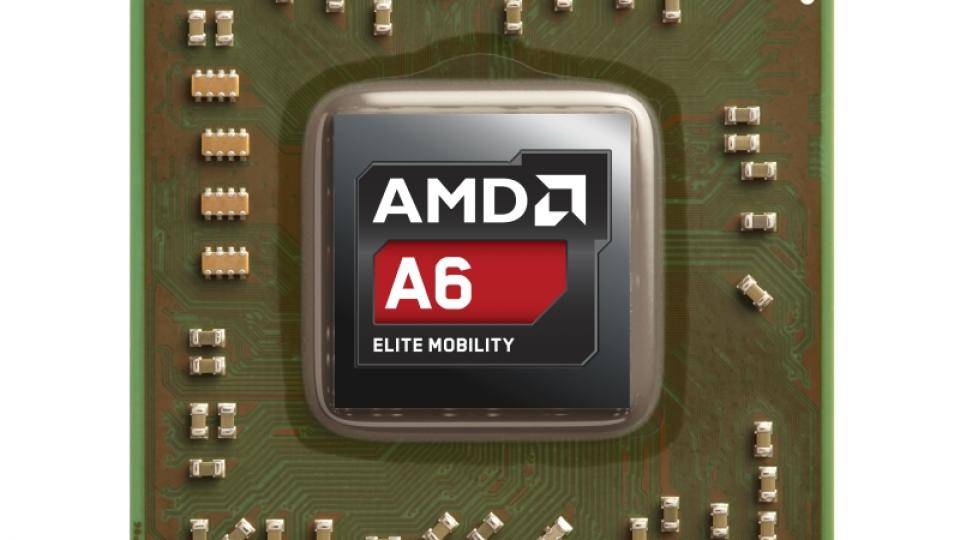AMD takes aim at tablets with Temash APUs
AMD has revealed further details about its upcoming Temash APUs, which the company hopes will power a new wave of low-power tablets and hybrid ultra-portable devices in 2013 and beyond.
Based around a Jaguar CPU core and a Graphics Core Next (GCN) GPU core, Temash will soon be available to OEM manufacturers in dual- and quad-core A4 and A6 editions. Despite being passively cooled and requiring very little voltage, Temash will happily run the full version of Windows 8 and is even able to run full screen games.
AMD says it has squeezed out up to “100% graphics performance improvements” over the previous generation Hondo APUs, and was keen to point out how well Temash compares to the competition. AMD’s Kevin Lensing showed us a demo of Torchlight 2 running on an A6-1450 APU, against several competing Intel CPUs. Whereas the AMD device could manage between 25 and 30 frames per second, Intel’s Clover trail Atom, Sandy Bridge-based Celeron and an Ivy Bridge-based Pentium all failed to post playable frame rates. Although it isn't designed for the same low-power devices as Temash, an Ivy Bridge Core i3 chip also struggled to match it in terms of gaming performance.
Lensing told us that Temash has “The best graphics of any SoC (System on Chip)” and although it can’t compete with AMD’s faster laptop-based APUs or devices with dedicated graphics, it certainly looks like a step forward for mobile gaming.
With support for a single channel of DDR3 memory, Temash isn’t going to set benchmarks alight, but it will happily display 2,560x1,600 resolutions – during our meeting with AMD, company representatives were keen to stress that entry-level devices had been suffering with poor-quality and low-resolution displays for too long, so there’s no reason we couldn’t see an ultra-high resolution Temash device in the future.
Turbo Dock is another potentially exciting feature, which could let quad-core Temash-equipped tablets automatically overclock themselves for improved performance when connected to a docking station. As the chip has a configurable TDP (thermal design point), adding extra cooling would allow for increased clock speeds and voltages, along with potential performance increases of up to 40%. Although we have yet to see any Turbo Dock-equipped devices, it could help tip frame rates over into playable 30fps territory.
AMD has already released Temash to manufacturers, so we could see the first devices on sale as early as the autumn. There’s a good chance we’ll be seeing pre-release demonstrations at Berlin’s IFA show in September, or even Computex in June. We’ll bring you updates as soon as we get our hands on them.


Leave a Comment